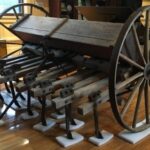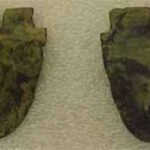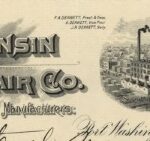Since the earliest settlers arrived in the Whitewater area in the 1830s, industry and manufacturing have played important roles in the establishment and continued growth of the area.
One of the earliest industries in Whitewater was grain milling, performed at the Old Stone Mill. Built in 1839 and later demolished in 1972, the Old Stone Mill served as the area’s primary location for grain processing and helped put Whitewater on the map.
In 1856, the Esterly Manufacturing Company opened in Whitewater, producing mainly farming equipment. At its height, this factory employed over 500 workers, mostly Irish and Norwegian immigrants, and was one of the main sources of employment for Whitewater’s young and growing population. In fact, the eastern half of the city became known locally as “Reaperville” because most people living on that side of the bridge worked at the factory. The existence of the Esterly Manufacturing Company factory, along with several other large Whitewater-based industries like the Winchester, DeWolf & Partridge Manufacturing Company, also played a role in the arrival of the railroad, and, subsequently, the establishment of the State Normal School (now known as the University of Wisconsin-Whitewater).
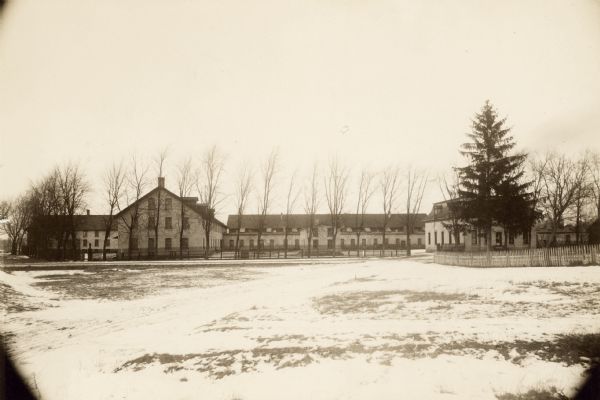
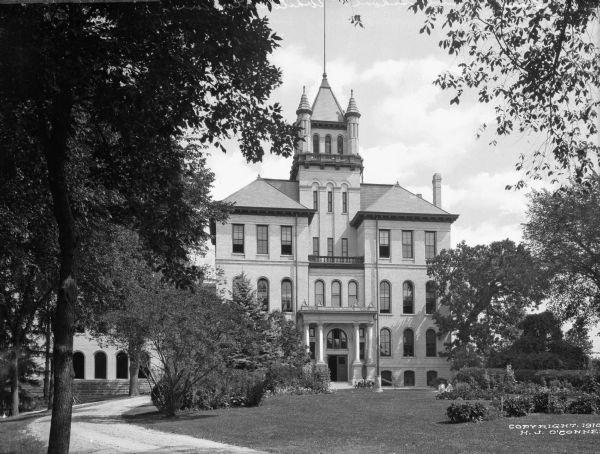
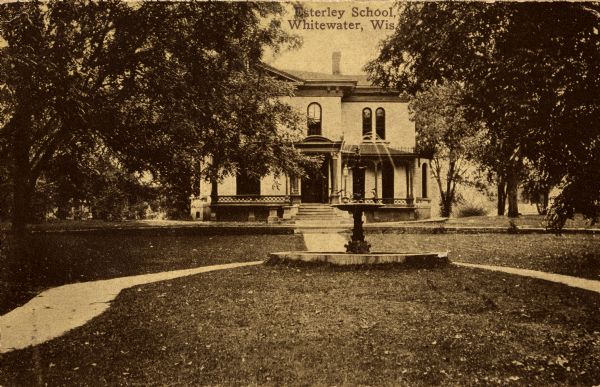
In 1892, George Esterly abruptly decided to move his factory to Minneapolis. However, a nationwide financial panic and an unfortunately timed lawsuit ultimately brought about the end of the company before the new location was totally operational. Esterly died less than a year later in 1893. Nonetheless, during the company’s nearly 40-year existence, it significantly impacted agricultural efficiency, and provided an economic boost to the city of Whitewater and the surrounding areas.
Although Esterly and the other early manufacturing plants in Whitewater closed around the turn of the century, manufacturing in Whitewater continued, spurred by the rise of the dairy industry in Wisconsin. Over the course of the twentieth century, the dairying industry evolved from the condenseries, creameries, and cheese factories that dotted the rural landscape to larger and more centralized dairy processing facilities. One of these larger operations was the Chicago-based Hawthorn-Mellody company. Purchased from Hoard’s Creamery of Fort Atkinson in 1944, the Hawthorn-Mellody’s Whitewater plant produced Grade A fluid milk until the company went bankrupt in 1992. Today, the local dairy farmers that persist provide a glimpse into Whitewater’s dairying legacy.
SOURCES
Jerry Apps, Wisconsin Agriculture: A History. Madison: Wisconsin Historical Society Press, 2015.
Carol Cartwright, “A (Very) Brief History of Whitewater.” Whitewater Historical Society, 2014. Accessed 5 November 2019. https://www.whitewaterhistoricalsociety.org/whitewater-history.
Prosper Cravath and Spencer S. Steele. Early Annals of Whitewater, 1837-1867. Albert Salisbury, ed. Whitewater: Whitewater Federation of Women’s Clubs, 1906.
Bo McCready, Early Whitewater Industry. Charleston: Arcadia Publishing, 2008.
Wisconsin Historical Society. “How a Disaster Made Wisconsin the Dairy State.” Accessed 4 November 2019. https://www.wisconsinhistory.org/Records/Article/CS407.
WisContext. “Before Dairy Ruled, Wheat Reigned in Wisconsin.” Accessed 4 November 2019. https://www.wiscontext.org/dairy-ruled-wheat-reigned-wisconsin.
